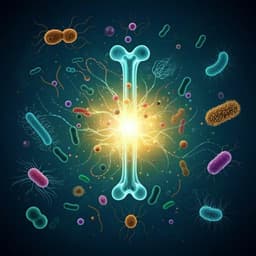
Earth Sciences
High resolution ancient sedimentary DNA shows that alpine plant diversity is associated with human land use and climate change
S. Garcés-pastor, E. Coissac, et al.
This intriguing study explores the interplay of vegetation, temperature, and human impact in the European Alps over 12,000 years, revealing how agropastoral activities may enhance alpine plant diversity. Conducted by an expert team of researchers, it combines ancient DNA analysis and sedimentary records to shed light on environmental changes.
~3 min • Beginner • English
Related Publications
Explore these studies to deepen your understanding of the subject.







